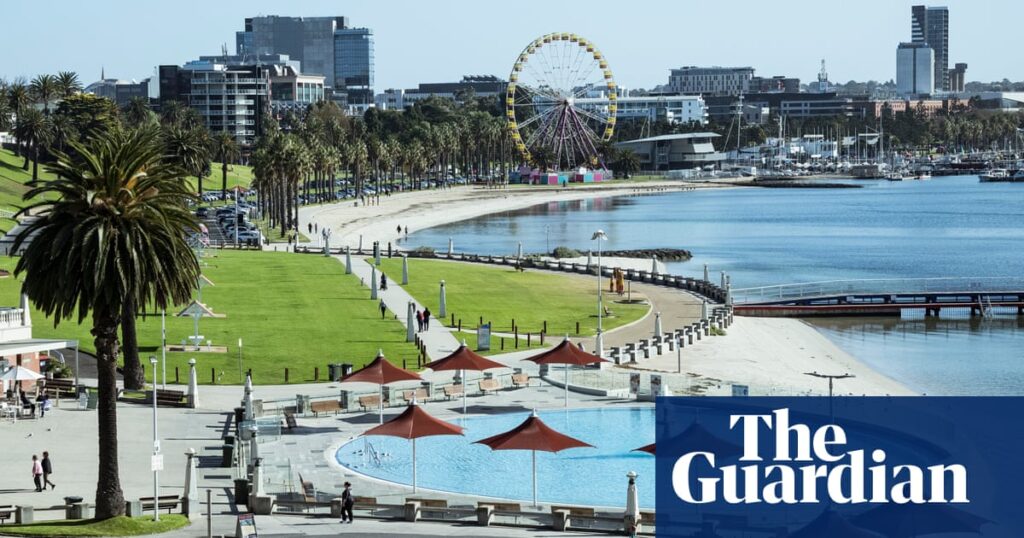
For the first time, Victoria’s Greater Geelong has emerged as Australia’s most popular regional town, dethroning Queensland’s Sunshine Coast after a two-year reign. The latest Regional Movers Index report reveals that in the 12 months leading up to the March quarter, Greater Geelong accounted for a 9.3% share of total net internal migration, surpassing the Sunshine Coast’s 8.9%.
Located just an hour from Melbourne, Geelong was once primarily known for its AFL team, the Cats, and as the final bastion of Australia’s car manufacturing industry. However, a new wave of residents is discovering its allure, drawn by a combination of affordability, lifestyle, and community spirit.
Attraction of Affordable Housing
One of the most compelling reasons for this migration is the significantly cheaper housing in Geelong. Residents frequently cite the affordability of homes compared to Melbourne, alongside a more relaxed lifestyle that includes shorter commutes and proximity to parks and beaches.
Tanisha Tod, who moved her family from Melbourne in January 2024, highlights these benefits. Standing on a jetty with Corio Bay behind her, Tod explains, “Public schools in the west of Melbourne didn’t seem too promising. We found an amazing four-bedroom place for $600 a week and a great school zone for my daughter.”
“Don’t tell them [up in Melbourne],” she jokes. “Then they’ll all come.”
Tod’s husband, initially hesitant about the move, now enjoys weekly trips to Torquay’s beaches. The family’s financial situation has improved significantly, allowing for dining out and extracurricular activities without financial strain.
Community and Culture
Beyond affordability, Geelong offers a welcoming community and a burgeoning arts scene. Tod, originally from Malaysia, notes that Geelong is the first place in Australia where she truly feels part of the community. The city even attracted the Foo Fighters for a performance post-COVID, bypassing Melbourne for Geelong.
Liz Ritchie, CEO of the Regional Australia Institute, notes a broader trend of people moving from metropolitan areas to regional ones. “We can now see that 25% more people are moving from capital cities than the opposite direction,” she says, with net migration to regional Australia 40% above pre-COVID levels.
Shifting Demographics
Geelong’s rise in popularity is part of a larger trend within regional Victoria, which captured 34% of the net inflows into regional Australia during the March 2025 quarter. Millennials and Gen Z are leading this charge, seeking affordable housing and a lower cost of living outside major cities.
Michael Fotheringham, managing director at the Australian Housing and Urban Research Institute, observes that the outflow from capitals to regional centers has intensified. “Prices along Queensland’s Sunshine Coast have come closer into line with Brisbane recently,” he adds.
“The challenge historically has been housing was cheaper but employment opportunities were much more limited,” says Fotheringham. “What a number of states have now been successful in doing is generating real industry in those regional centres.”
Personal Stories and Economic Opportunities
For Beck Thistleton, the move to Geelong was driven by her children’s educational needs. Her eldest, Tommi, who is autistic, found a supportive school environment in Armstrong Creek, which piloted an inclusive program for autistic children. The family now enjoys a larger home with a spacious yard for less rent than in Melbourne.
Real estate agent Jess Templeton, who has been selling homes in Geelong for 12 years, notes the rising interest from interstate investors and Melbourne residents. “There’s opportunity in Geelong,” she says, with properties often selling within weeks. For $500,000, buyers can still find a stand-alone house, while $1 million can secure a four-bedroom home in a desirable school zone.
The influx of new residents and the city’s evolving landscape suggest a promising future for Geelong. As more people discover its charms, the city is poised to continue its growth, balancing affordability with a rich cultural life and strong community bonds.





